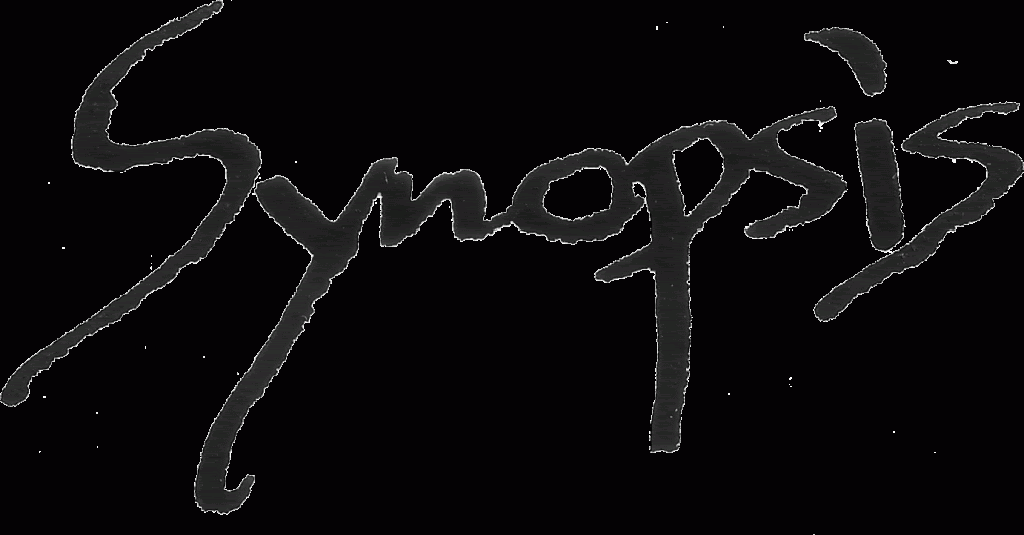
For those of you who don't know, or who have otherwise forgotten- a synopsis is the small blurb written at the back of a book. An extensive synopsis can also be found on the inside jacket of a hardback novel.
A synopsis is an engaging device that lures readers in. It is by no means a summary or explanation of the novel. If an author were to summarize their entire story on the back of the book then the reader would have no need to even open it. In other words, say what needs to be said without giving too much away.
Some things that need to be said:
WHO
WHAT
WHEN
WHERE
WHY
As children we were briefly taught the five elements listed above. In a synopsis it is vital to mention at least three of the five.
A reader wants to know WHO they are reading about.
They want to know WHAT they are reading about.
And they want to know WHY they're reading about it.
WHEN and WHERE tend to be optional- some authors use them while others do not.
But knowing these things isn't enough for readers, no, how you convey the message it what truly grabs the attention of a prospective reader. Here are two literary devices that should be remembered!
TONE
DICTION
Every writer has a tone of voice they use when writing. This tone is an attitude or perspective adopted by the writer to aid in the telling of their story. When a reader picks up a book and reads the synopsis it's like being given a small taste of the tone that will be used for the rest of the novel.
Diction is a literary device that focuses on word choices. Every word a writer uses has impact on a reader. Since a synopsis is only a couple of paragraphs there isn't much room for reeling in a reader. This is where word choice and phrasing becomes very important.
Imagine a book about the world ending. Now look at the following lines.
The world is ending. Humans are dying.
The world is dying. Humans are struggling to survive.
It all comes down to a matter of preference, but the second option would generally gain more interest. They both are saying the same thing- but are written with different use of diction.
Something else to remember is that a synopsis is always written in present tense even if the book itself is not. An active voice draws the reader in with a sense of immediacy.
Last but certainly not least, finish with a hook. Novels tend to have two hooks- one at the end of a synopsis and the other at the beginning of the first chapter. By the time a reader has finished reading a synopsis they should want to immediately open the book and start reading. The last thing you want them to say is “So what?” or “Who cares.”
Needless to say, I am no expert. This guide is not a concrete “How to...”, but it should help you grasp the basic concept of a synopsis. If you have any questions or would like to bring something to my attention- speak up, don't hesitate.


